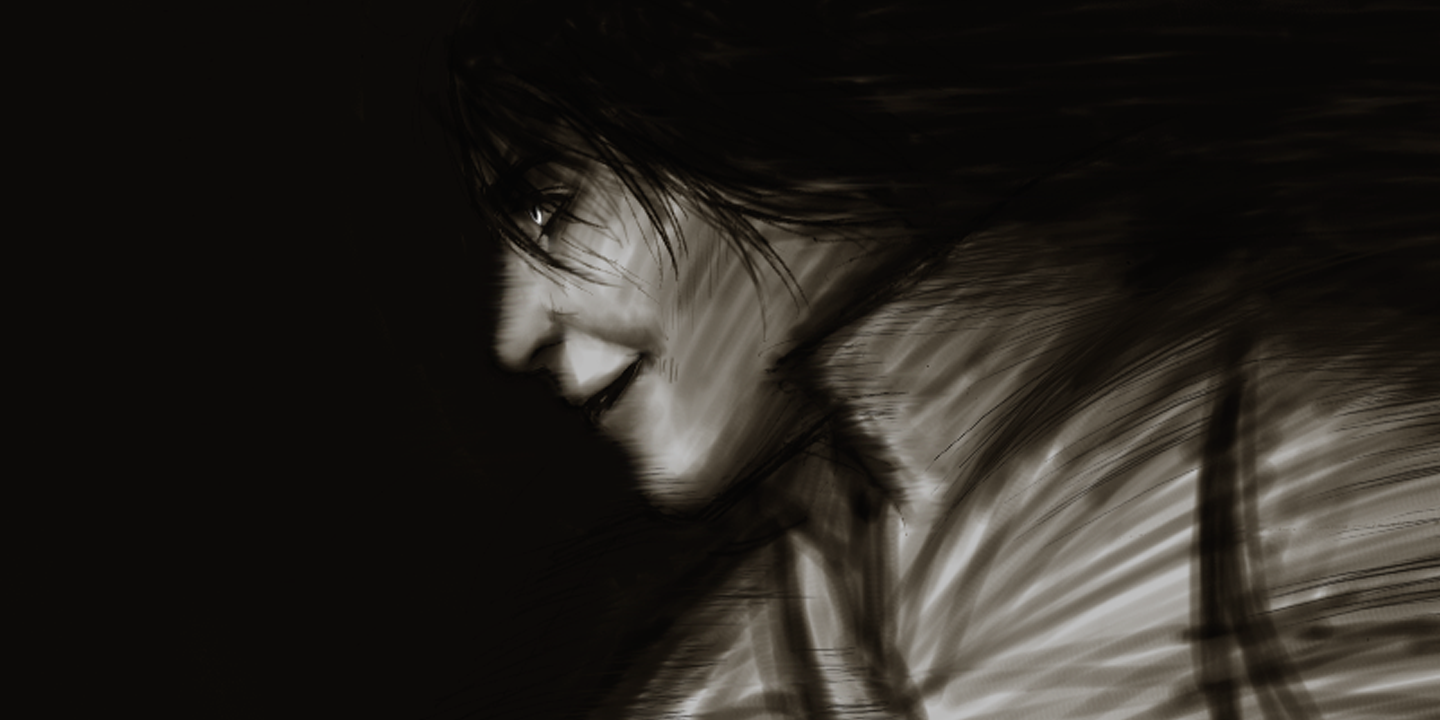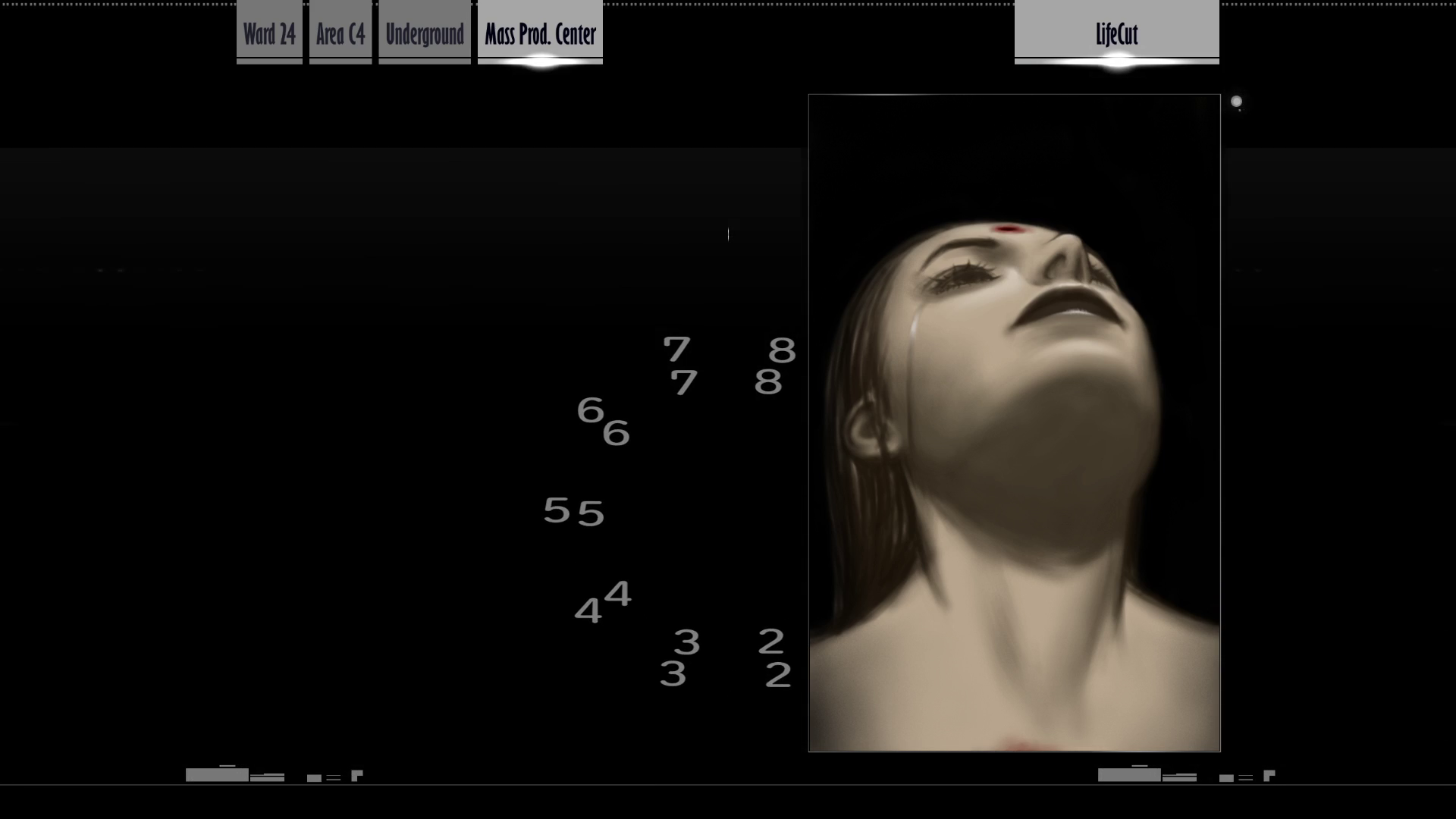Chapter 5: Kamui and the Old Men – Kill the Past, Fight the Future

A major problem in The Silver Case is violence. Even justifiable violence is horrific. In rescuing Akira from Chizuru, Sakura might be a badass embodying the rebellion of the fourth Kamui, but the moment does not feel triumphant. Chizuru dies, weeping, her life stolen from her when she was still a child, when her own grandfather made her into a “doll” like the Ayame mannequin Akira discovers in the sewers in “Decoyman.”

The Silver Case asks whether further violence is justified when used against these oppressive power structures that steal the future, even if the problem is that they inflict similar violence to begin with and even when, as in “Parade,” that violence is terrifying—when violence itself is a contagion and its presence concomitant with babbling, tormented apparitions as in “Lunatics,” “Decoyman,” and “HIKARI.” And the story answers: yes. Absolutely. Kill those guys.

“It is naked violence and only gives in when confronted with greater violence” (Fanon 23). Not until the despairing sequels is the efficacy of metaphysical assassination called into doubt.
Who are those guys Kamui seeks to kill, though? A cosmology of existence as suffering, karmic recurrence, and successive reincarnation undergirds much of the Kill the Past series. Piechota applies this concept to the microcosm, the successive literal and metaphorical reincarnations of Kamui, Emir, and Mondo Sumio (5). The macrocosm is trapped in a kind of samsara as well. But that cycle results not from a cosmos beyond humans: as we have seen, it flows from “an impenetrable monolith of oligarchs with Uminosuke at the top that purposefully maintains a cycle of crime, dehumanization and death for their own self-interests” (Freeman 67).